Instead of being burned after each harvest, straw is now rolled up and transported for consumption, creating a significant additional source of income for farmers while limiting environmental impact.
In addition to generating income, selling rolled straw will reduce straw burning.
In recent years, straw, which was once discarded, is now used by many farmers to grow mushrooms, make animal feed, and line agricultural products during transportation to avoid loss. The demand is high and there is a lot of straw, so the job of rolling straw and collecting straw after the rice harvest has attracted many people to participate and rolling straw has become a "playful, real job", creating jobs for many local workers while the field owners also "pocket" some capital to reproduce the new crop.
As a member of a straw harvesting team with a total of 40 members, Mr. Nguyen Truong Giang from Tra Vinh province has been working in Hau Giang for about a month now. The work of the team members usually starts from 10 am to about 6 pm every day, from one field to another. Busily loading each roll of straw onto a motorbike to transport to the collection point, Mr. Giang shared: “If there is a lot of straw in the field, I can transport 800-900 rolls a day. Each time I transport far, I carry 7 rolls, and when it is short, I carry 5 rolls. When the season comes, I transport them back to the people who raise cows.”
According to Mr. Giang, the winter-spring straw is always more abundant and of better quality in all seasons thanks to favorable weather. To make the work go smoothly, the team members divide the work smoothly from rolling the straw, carrying it to transporting it. From one field to another, from one province to another. The straw is bundled into neat rolls weighing 18-20kg, all done by machines. Rolling and transporting straw is hard work, but in return, workers earn about 700,000 VND/day or more.
Mr. Thach Anh Ut, from Hau Giang, is driving a vehicle to collect straw in the fields in Vi Thuy district, sharing: “A vehicle of straw rolls can work 50 hectares of rice fields in a day. Thick straw rolls are 20 rolls, thin straw is about 12 rolls/hectare. If you roll it for others and transport it, it costs 13,000 VND/roll.”
It is known that in recent years, due to increased consumption demand, straw has been in high demand. On average, each hectare earns an additional 600,000 VND to 1 million VND from selling fresh straw, reducing the cost of cleaning the fields. After the straw is rolled and transported, the stubble will be cut and chopped by machine, preparing for the new crop. In case the field owner gives the straw to the trader to roll the straw himself, the cost of cutting the stubble will be exempted.
In addition to generating income, selling rolled straw will limit the habit of burning straw for a long time by some farmers. In addition, when old straw is removed from the field, it will clean the soil and cut off pathogens from the previous crop. According to calculations by agricultural experts, 1 ton of straw contains about 7kg of nitrogen, 1.2kg of phosphorus, 20kg of potassium, 40kg of silicon and 400kg of carbon. Therefore, burning straw is to remove the amount of fertilizer and nutrients necessary for crops. The straw is rolled into rolls and then transported to the provinces of the Mekong Delta and the Eastern provinces for consumption to make straw mushrooms, compost tree roots, crops or feed livestock. Some traders said that if there is a pre-order, when the rolls are finished, they will be delivered on the same day or transported back to the warehouse for storage, or even sold right in the field when there is a buyer.
Starting to grow straw mushrooms indoors in 2021 and sticking with it until now, Ms. Lu Thi Nhat Hang, Director of Ngu Thuong Mekong Company Limited, in Phung Hiep district, said that straw is a valuable source of raw materials, making money if used properly. Every crop season, Ms. Hang buys rolled straw to bring back to her farm. Here, straw is used effectively in the production process. From 9 mushroom houses, with an initial area of about 200m2, Ms. Hang is currently repairing the mushroom houses and expanding them to grow mushrooms.
“In the past, after the harvest, people often burned straw, which greatly affected the environment. Instead, we use that straw to compost, grow mushrooms, and then use the substrate to raise earthworms. After harvesting the mushrooms, we take the straw out to compost. I raise earthworms and roll the straw to feed the cows. In general, doing this will benefit farmers because we get income from the straw instead of having to burn it,” Ms. Hang shared.
From agricultural waste as “waste” after each harvest, straw has now transformed itself, not only creating more income for farmers. Buying and selling rolled straw also helps to repel burning, which pollutes the environment and contributes significantly to methane and greenhouse gas emissions.
Article and photos: MONG TOAN
Source


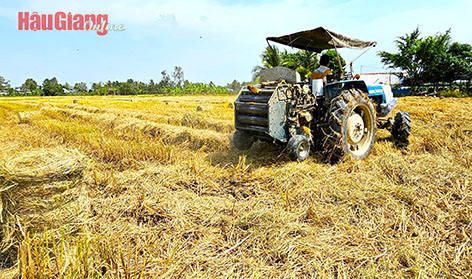










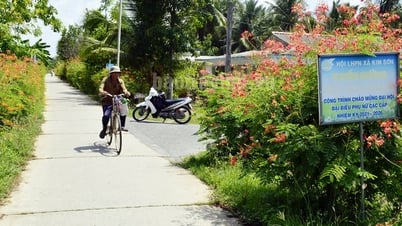









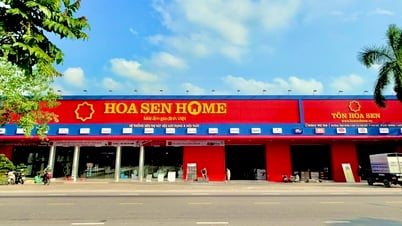
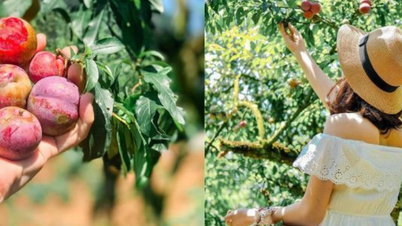
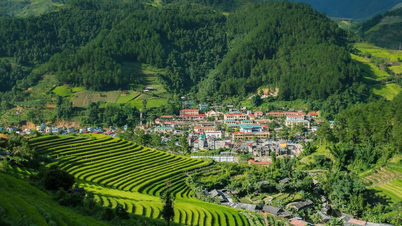










































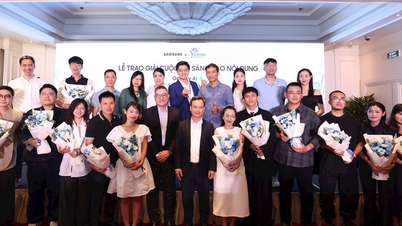
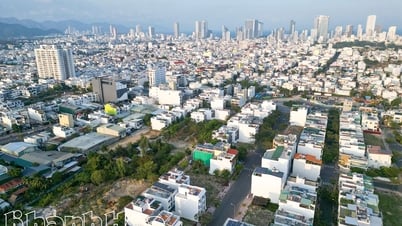

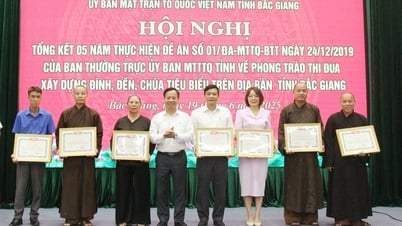

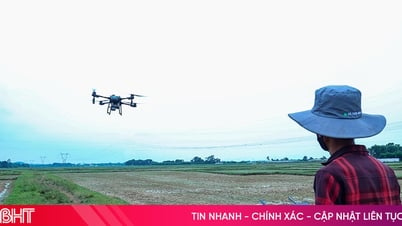

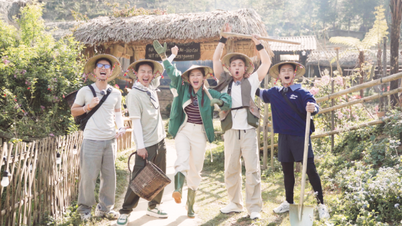

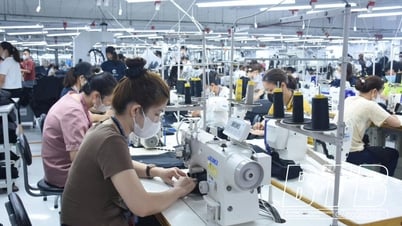









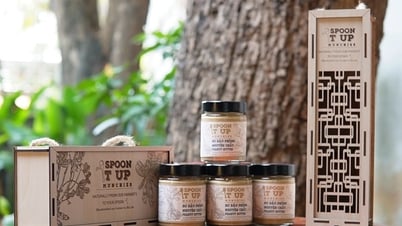







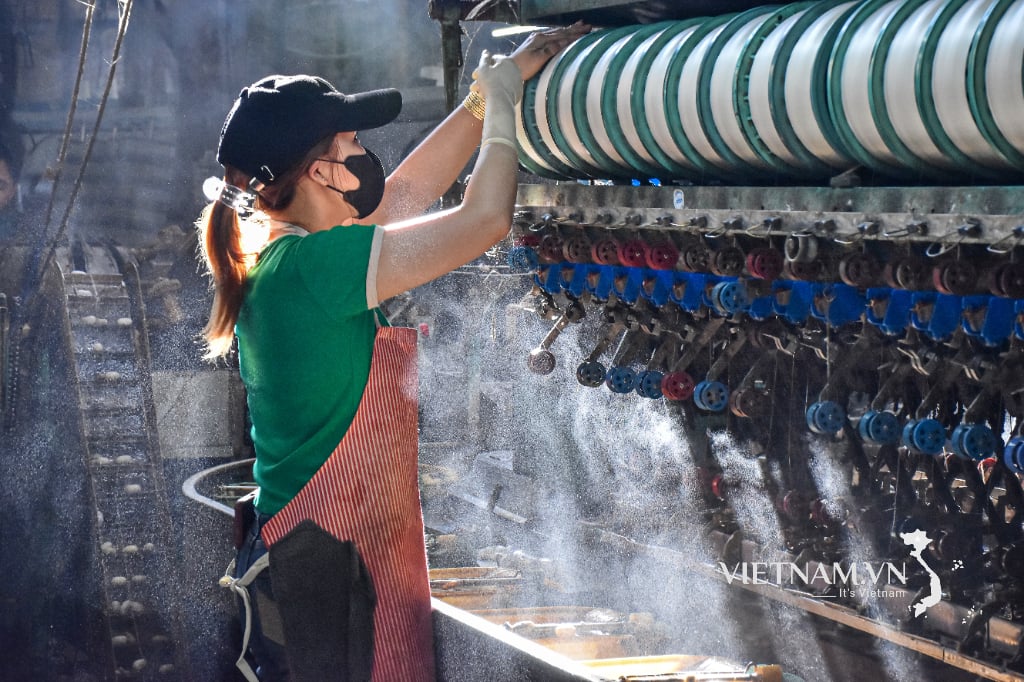

Comment (0)